Telling a China Story at the British Museum

Jessica Harrison-Hall is Head of the China Section, Curator of the Sir Percival David Collections of Chinese Ceramics, and Decorative Arts at the British Museum. In her 30 years' career at the British Museum, Harrison-Hall has delivered a wide range of exhibitions, publications, and lectures to present China's stories in a global context through visual and material culture.
From 2012 to 2016, Harrison-Hall was the principal investigator for a project exploring China's global connections during the Ming Dynasty (1368-1644). Working with over 30 organizations around the world, she delivered a book and a temporary exhibition at the British Museum titled Ming: 50 years that changed China, attracting over 140,000 visitors. She is also the author of China: A History in Objects (2017), which is now published in six languages, and various other books on Chinese history and fine arts.
Alongside Professor Julia Lovell of London University, Harrison-Hall is leading an international team to investigate Cultural Creativity and Resilience in Qing China and will deliver a series of three books and one special exhibition at the British Museum in 2023.
From Yuan Painting to Chinese Ceramics
Question (Q): You have been interested in Chinese Arts in as early as the 1980s, could you share with us how your journey in the subject began?
Harrison-Hall: My interest really in Chinese art began with Yuan Dynasty painting, and I did my dissertation on artists of the Yuan Dynasty. I wasn't really aware of Chinese ceramics in university. That came much later, but I did an amazing amount of travelling in China.
I first went to China when I was 19 years old in 1984 as part of a small group from Edinburgh University studying Chinese and Chinese fine art in Jinan in Shandong Province. We really went all the way, from Beijing to Kashgar and then down to Hainan Island. And people were very welcoming in the eighties because China was really opening up then.
Q: After your return to the UK, under what occasion did you start working for the British Museum?
Harrison-Hall: My first contact with the British Museum was through being a volunteer for Jessica Rawson, who was at the time the Keeper of the Department of Oriental Antiquities, at the Japan Festival, and after a month I was given a contract to work at the British Museum initially when we opened the Sir Joseph Hotung Gallery back in 1992.
And then a job became vacant as somebody moved to another museum. It was very competitive. But luckily, I think I had the experience of looking after the ceramics as well as the experience of being in the museum. I would say I'm probably one of the last generation of curators that learned through doing, through actually looking at objects with people who knew about them and learning from them.
Q: You have written many books and catalogues on Chinese ceramics, what is so special about working with them at the British Museum?
Harrison-Hall: Well, I've been incredibly lucky to work with such an extraordinary collection. Chinese ceramics have a place throughout the museum. We have them within the main China gallery and the successful David Gallery, but they also appear in the Islamic gallery, the Japanese gallery, the European gallery, and the King's Library. I would say that China had connections with all sorts of different departments and material cultures, and that the British Museum is one of the best places to be able to study that. The kind of dialogue through things is very difficult to see in other places.
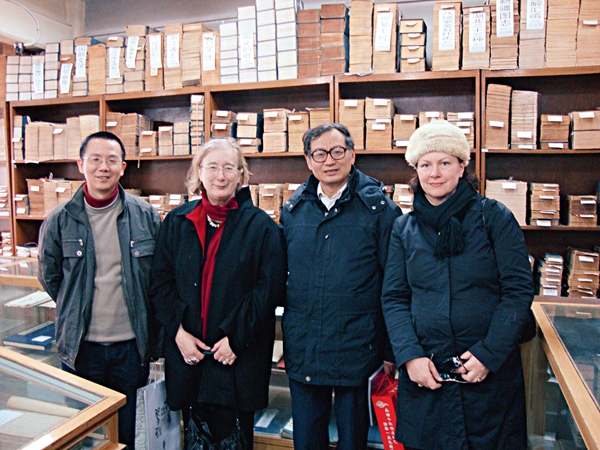
Thirty Years of Commitment and Innovation
Q: Having participated in both the opening and refurbishment of the Hotung Gallery in 1992 and 2017, how has the presentation of the Gallery changed over the years?
Harrison-Hall: It's all about building our knowledge about China, a constant evolutionary process of adding new knowledge from new excavations, libraries, and other resources. You can't do the whole of Chinese history in one room, but you can give a taster of ideas throughout history.
What we've done with the gallery is we've used the architecture from the Edwardian era in 1914 to build these three-sided rooms which show you material goods that reflect that particular era for China and then for its contacts with other regions, either within China or with the rest of the world. We made these arrangements to give the visitors the idea of China being interconnected from the Neolithic period all the way to the present.
Q: From a volunteer to a senior member of the Museum, how do you feel about the responsibilities that have been passed onto you?
Harrison-Hall: I feel a complete sense of privilege that I am standing in line with all these extraordinary people of the past who have hopefully done a little bit to help people understand a bit more about Chinese culture. The British Museum has been open since 1753. Back then Chinese objects were displayed as a kind of curiosity: silk purses, little shoes, fur-bound feet, and figures of popular gods. And one person commented in a guidebook which said that if an Englishman had turned out his pockets and put them on a table in China, they would have as much idea about British culture as British people could have of China by these exhibits.
Now we've got a much better picture of the history of China on display in the gallery. We could have a professor bringing his class of students to look at a particular type of object, or you could have a family visit who wants to entertain their children by giving them a bit of a cultural tour. We have an enormous range of different visitors and what we hope we provide is something of a little something for everybody through means such as putting pictures within the labels for people who don't necessarily read English. I feel a great sense of privilege that the collections are beautiful and inspiring, and an endless source of ideas for people. Not just the professionals but for anybody that comes into the building.

Q: We've been mostly talking about the permanent galleries of Chinese objects in the Museum, but you also curate many temporary exhibitions. What other responsibilities does your job as a curator involve?
Harrison-Hall: The wonderful thing about being at the British Museum and looking after the China collection is there is no routine ever. I think of my career not as a block of time but as a series of projects on different books, exhibitions, loans and sometimes lecture series.
Before reopening the Hotung Gallery to the Queen, I worked on the temporary exhibition Ming: 50 years that changed China with ten museums from China, and we worked with 40 lenders altogether for the exhibition and had 140,000 visitors to the show, all of whom would have come away with a different impression of China in the early 15th century and so on.
Temporary exhibitions are a bit like theatrical performances. You start with an idea of what you want to do. You then decide who you want to work with and build the team around that. You then develop your ideas both through the objects and through reading and talking to people. And gradually this amazing thing builds and grows and then it takes on different forms going in lots of different directions. It's simply impossible not to find a temporary exhibition an exciting prospect.
One can go back through different projects looking at what you've done with different people, and that's really changed. Things that we're about to do now, we couldn't possibly have done 30 years ago. It's completely different and I'm very lucky to be able to experience all of that.
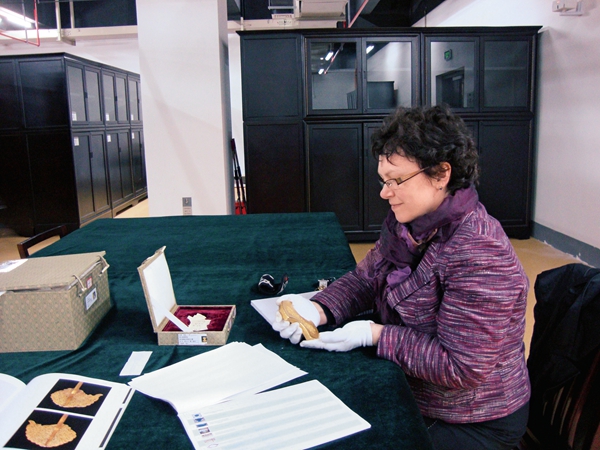
To Show the Resilience and Creativity of the Chinese People
Q: In addition to the galleries, these kinds of temporary exhibitions have been truly instrumental in promoting bilateral cultural exchanges between China and the UK. Are there any upcoming projects that you can share with us?
Harrison-Hall: I can give you a little flavor of our exhibition that's going to be on display next year. This came out of an arts and humanities research council project for three to four years. And at the heart of it you have myself and Professor Julia Lovell of London University, and we're building a project around China in the 19th century as a special exhibition in May 2023.
One of the things we wanted to do when we were working on the Ming exhibition was to bring everyday people to life. It was very difficult because you don't have so many traces of ordinary people from Ming Dynasty, whereas in the 19th century there are a few more traces. The remarkable thing about the British Museum is because it's not an art museum, we have all of these different types of materials here, some of which were collected even in the late 19th century.
As a result, within the exhibition we'll have lots of different kinds of mediums from paintings and costumes to arms and armour. We are also hoping to bring beautiful calligraphy, paintings and, of course, court arts of the Palace Museum from China for this exhibition. As an example of one of the unusual things in the exhibition, I would like to mention a fantastic straw cape that's made to keep off the rain and the wind for a person who probably didn't have a great deal of money in the 19th century. My colleagues are spending probably about 80 hours on that one individual object, restoring it and bringing it back to its original form.
This project will also produce three books, one of which is about 100 people in the 19th century written by 100 authors from 15 countries.
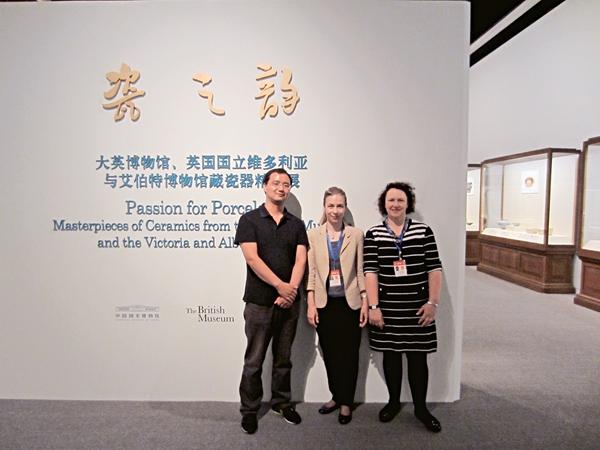
Q: You have mentioned that temporary exhibitions are often things of their own time, what are the connections between the exhibition on 19th century China and the contemporary world?
Harrison-Hall: I think this exhibition is incredibly relevant for today. We've all lived through the past couple of years of the COVID pandemic. People want to know how you get through these difficult times. And the 19th century is a perfect example. Looking at the period overall, it's a period of a series of domestic and foreign wars and conflicts.
But out of it come the most extraordinary artworks, the building up of new cities, and new kinds of finance within China. You have an end of the imperial examination system. But you have the birth of the new universities and a whole new education system. And you still have great new designs in glass, ceramics, and so on.
The idea of this exhibition is to present the historical events of the 19th century, but also to look at the creativity and the resilience of Chinese people throughout this time.
Photos Supplied by Jessica Harrison-Hall and Fraser Watson
(Source: People's Daily Online/Women of China English Monthly August 2022 issue)
Please understand that womenofchina.cn,a non-profit, information-communication website, cannot reach every writer before using articles and images. For copyright issues, please contact us by emailing: website@womenofchina.cn. The articles published and opinions expressed on this website represent the opinions of writers and are not necessarily shared by womenofchina.cn.

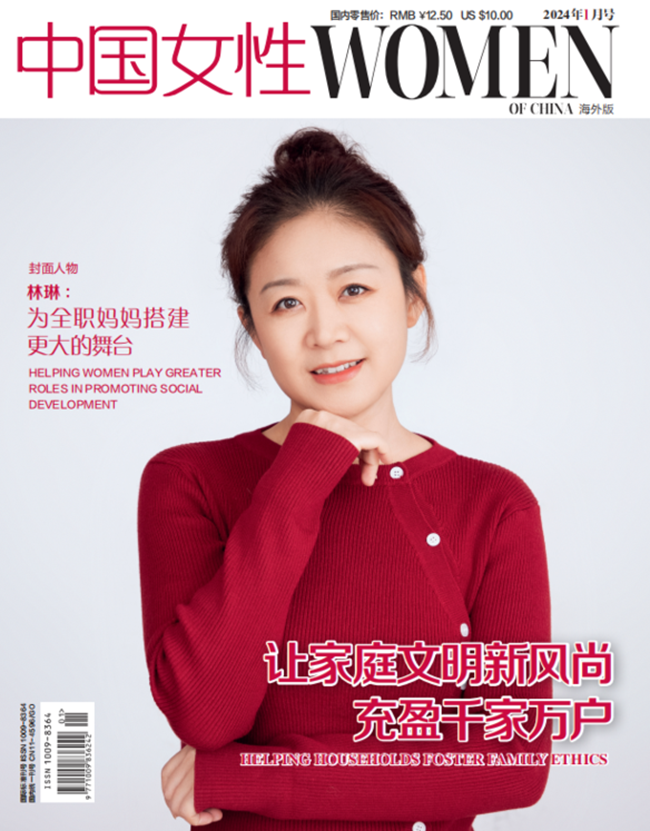
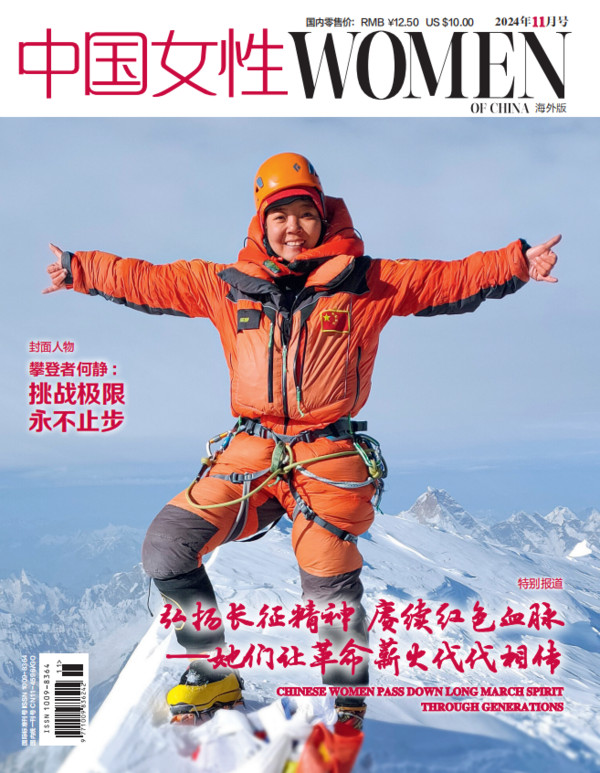

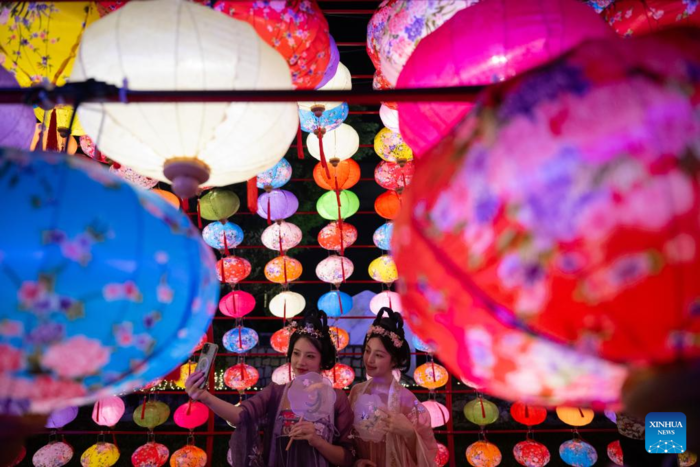
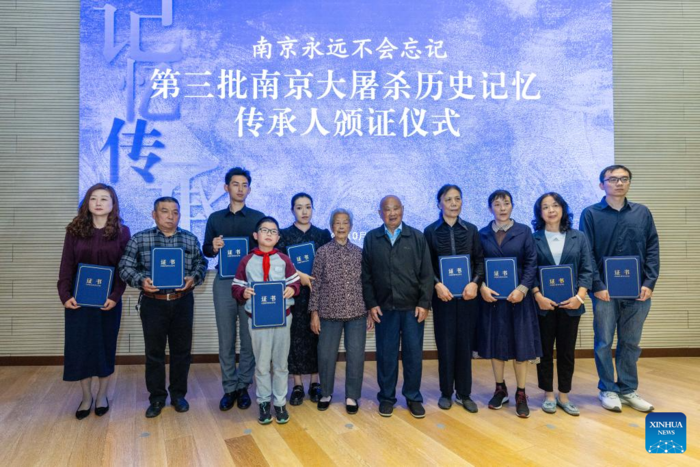
.jpg)

 WeChat
WeChat Weibo
Weibo 京公网安备 11010102004314号
京公网安备 11010102004314号